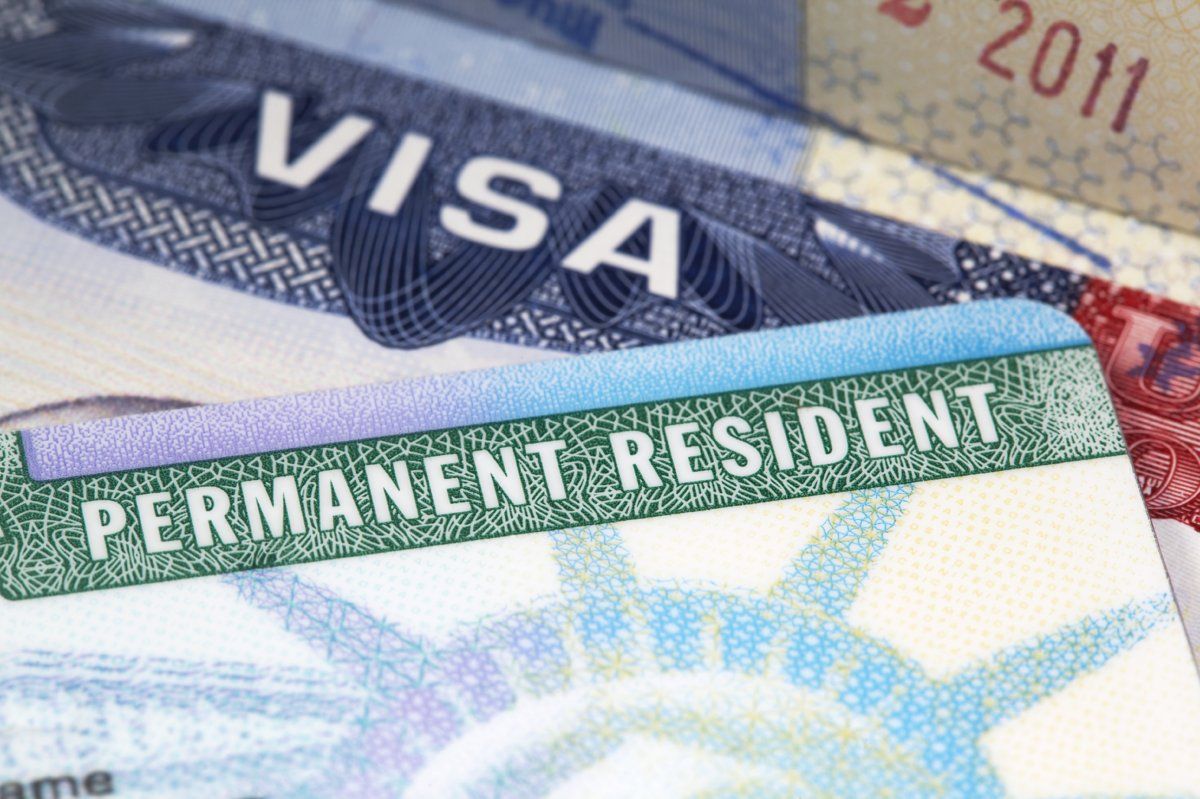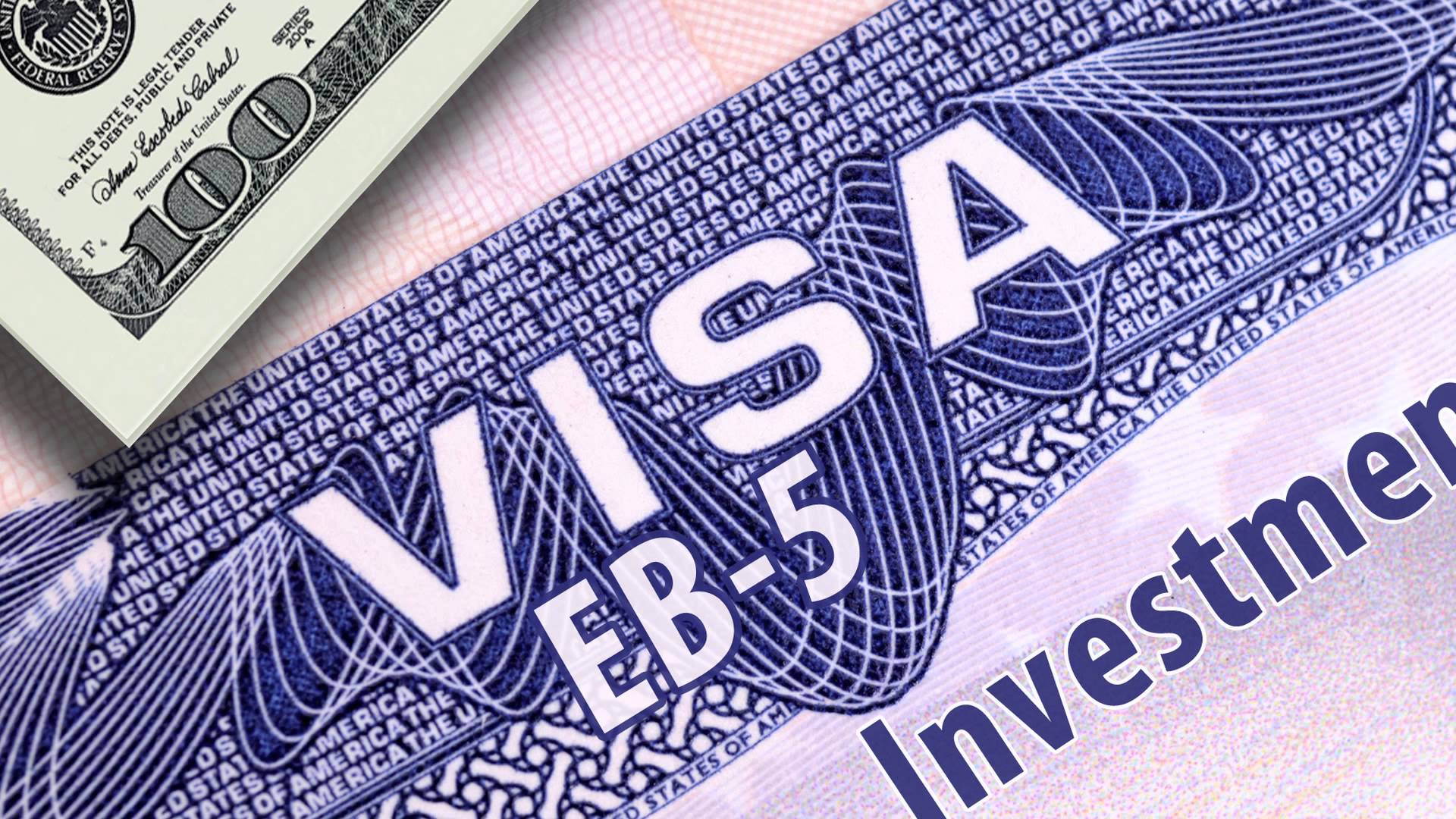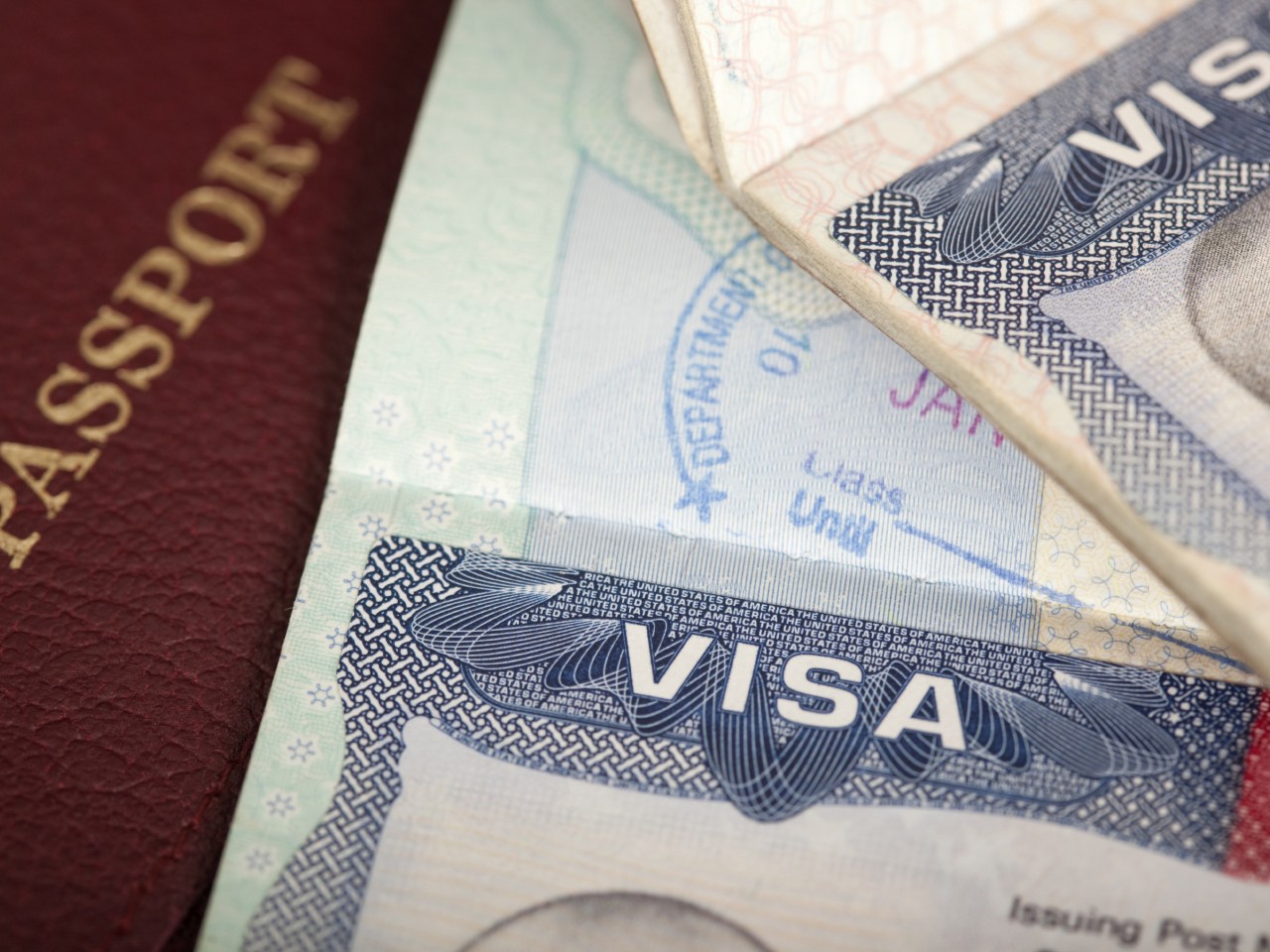The EB-5 investor visa program is a way for non-US persons to invest in the United States in order to get a green card. Eventually, an EB-5 visa holder can attain US citizenship. The EB-5 investor visa program is run by the United States Citizenship and Immigration Services (USCIS). USCIS sets the guidelines for the program and monitors its compliance with the immigration rules of the country.
 The EB-5 Immigrant Investor Visa Program was created back in the year 1990 via the Immigration Act of 1990. It was a way to encourage foreign investment in the United States and the growth of the US economy. The EB-5 visa program is one of the five employment-based (EB) preference programs in the United States.
The EB-5 Immigrant Investor Visa Program was created back in the year 1990 via the Immigration Act of 1990. It was a way to encourage foreign investment in the United States and the growth of the US economy. The EB-5 visa program is one of the five employment-based (EB) preference programs in the United States.
The basic idea
The basic idea of the EB-5 visa is for a foreign national to invest at least $1 million towards financing a business that will employ ten local American workers. The other option for the foreign national is to invest $500,000 (half the amount in the first option) in a special “targeted employment area” (TEA). TEAs are basically locations with high unemployment or locations in a rural area.
 The foreign nationals can either invest in a business or a project directly or they can join a pool of other investors through a regional center. Over the last few years, most of the EB-5 investments have happened through regional centers. Real estate projects are a popular choice for EB-5 investors.
The foreign nationals can either invest in a business or a project directly or they can join a pool of other investors through a regional center. Over the last few years, most of the EB-5 investments have happened through regional centers. Real estate projects are a popular choice for EB-5 investors.
Once the investment happens, a conditional permanent residency is offered by the US to the foreign investor. Within two years of obtaining the EB-5 visa, the foreign national must invest in a business entity or commercial enterprise that creates and then sustains 10 local jobs. Once the two year period is over and all the conditions of the EB-5 visa are met, the conditional residency turns into a permanent residency. The foreign national, his/her spouse, and all their children under the age of 21 who are unmarried all become green card holders.
Green card holders can live, study, and work in the United States. Hence, the EB-5 visa program essentially incentivizes investment and job creation by offering permanent residency to the program applicants.
Why real estate projects are so widely featured as an EB-5 project?
Real estate development is often the area where EB-5 investments find their way. The first reason is that real estate projects are a good fit for the $1 million or $500,000 investment requirement. Real estate developments tend to be quite large scale and capital intensive.
 The second reason is that real estate developments create the 10 jobs that are a requirement for the EB-5 visa getting converted into a green card. With real estate projects, the jobs that initially get created are construction and architecture related ones. Later on, when the project is complete, there are a good number of service jobs that get created. For example, investing in a hotel project would eventually lead to hotel staff being employed. Similarly, restaurants, resorts, and stadiums will all require people to run the operations.
The second reason is that real estate developments create the 10 jobs that are a requirement for the EB-5 visa getting converted into a green card. With real estate projects, the jobs that initially get created are construction and architecture related ones. Later on, when the project is complete, there are a good number of service jobs that get created. For example, investing in a hotel project would eventually lead to hotel staff being employed. Similarly, restaurants, resorts, and stadiums will all require people to run the operations.
Hence, real estate projects are a popular investment choice for an EB-5 visa applicant who wishes to successfully pass through the two-year conditional residence status and ultimately become a lawful permanent resident.
EB-5 regional centers
EB-5 regional centers are third-party entities that connect foreign investors and real estate developers who are seeking funding. A regional center is essentially an economic unit which enables foreign nationals to find projects and invest their money in such projects. Both private entities, as well as states, can apply to become a regional center. A regional center is a for-profit entity and it will charge a commission for connecting foreign investors to local developers.
A regional center helps foreign nationals track the number of jobs which their investment created. This metric is important to track because it is one of the criteria for getting the EB-5 visa and, eventually, a green card. A regional center also allows investors to pool in their investments for a large project.
An EB-5 regional center is approved by the USCIS. It maintains a list of all such centers by each state of the US. In the year 1994, there were only two regional centers for the EB-5 visa. Since then, there are now close to 900 regional centers throughout the United States.

Targeted Employment Areas
The original criterion for classifying an area as Target Employment Area (TEA) was a jobless rate which was 150% of the national average. However, states and regions that wanted funding were able to skillfully position their area as TEA even when some of them were wealthy areas. Over time, the real estate industry and states pressured the government to change the policy of approving TEA locations.
At the moment, any state designated location is accepted by the USCIS as TEA. In fact, an investor can now gather statistics and data on his/her own and present them to the USCIS in order to petition the governmental body to designate a subdivision or area as a new TEA. In some states, this sort of petition is to be made to the state government rather than the USCIS.
While there is no centralized list of designated targeted employment areas, some states like California, Washington, and Florida maintain a statewide list.
The employment creation requirements
The 10 jobs that the EB-5 mandates an applicant to create have to be created within two years of the applicant’s investment and entry into the United States. These jobs have to be sustained during those two years.
The jobs that need to be created can be direct, indirect, or induced. Direct jobs would mean that jobs get created in the exact same venture in which the investment was made. Indirect jobs can be jobs that get created in businesses which supply services or materials to the EB-5 project in which investment was made by the applicant. Induced jobs are jobs which get created in the greater community due to enhanced spending by EB-5 project employees. This spending has its source in the incomes that get generated through the EB-5 project.
The application process
 There are three main steps that every EB-5 visa applicant has to go through:
There are three main steps that every EB-5 visa applicant has to go through:
The first step is to invest the required money and create 10 jobs. This can be done by either directly investing in a project or investing through a regional center.
The second step is to get a conditional green card. After the approval of the I-526, the investor needs to submit the conditional permanent residence application by filing an I-485, which is the application of Adjustment of Status, or by filing a DS-260, which is the application for an immigrant visa. This petition or filing will grant the investor a conditional green card.
The third step is the conversion of the conditional permanent residency into a full permanent residency. For this, the applicant has to remain in conditional green card status for two years. About 90 days from the expiry date of the conditional permanent residency, the applicant or investor has to an I-829 application to remove the conditions attached to his/her green card. Upon the removal of conditions subject to verification of all EB-5 requirements, the investor finally gets a 10-year green card.
Projects funded by the EB-5 program
Some well known projects which have been funded via the EB-5 program include the Lucky Dragon Hotel and Casino in Las Vegas, the Resorts World Las Vegas, the George Washington Bridge Bus Terminal in New York, the Hudson Yards Redevelopment Project in New York, the Europa Village in California and the JW Marriott Hotel in downtown Los Angeles.
